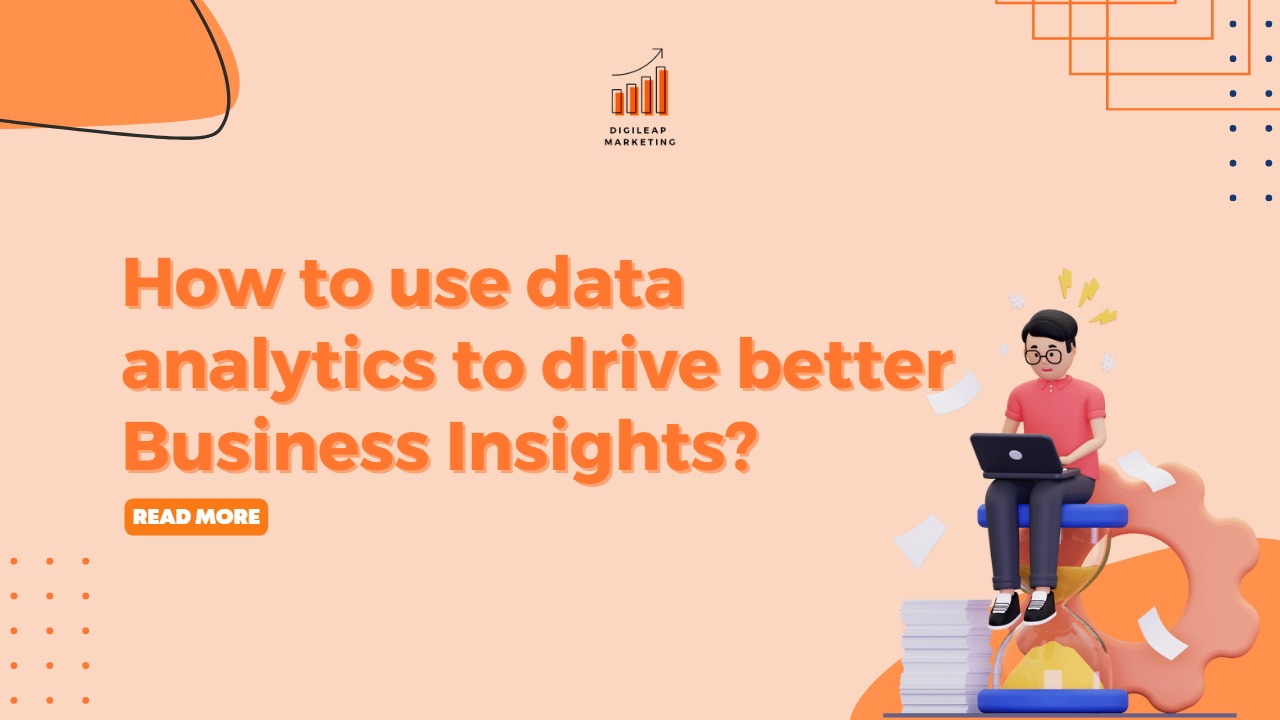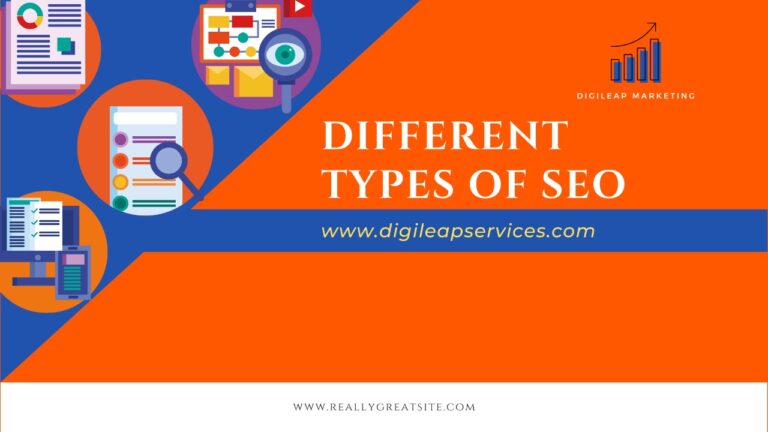How to Use Data Analytics to Drive Better Business Insights?
How to Use Data Analytics to Drive Better Business Insights: There is no denying that data analytics is beneficial for businesses of all sizes and kinds. It aids in the creation of streamlined customer path maps and content that is intent-driven.
Despite having access to consumer data 4 out of 5 marketing professionals say it is tough to make data-driven judgments about customer attrition and future purchase predictions, according to Venture Beat.
The difficulty is having access to technology that can quickly analyze a large amount of data. While many businesses can capture a lot of data, they cannot efficiently handle and evaluate it.
How Might Data Analytics Enhance Corporate Governance?
When new data is generated, it is first stored in a large repository known as a data lake. Sadly, corporations are drowning in their data lakes, which means they have vast amounts of data that they are unable to comprehend or use. Experts in business analytics gain knowledge on how to gather, manage, and analyze vast volumes of data at the corporate level. Marketing experts can thus help businesses use data analytics to improve operational effectiveness since they have the expertise and skills to do so. We’ve listed eight key ways that data analytics may assist businesses in getting better results.
1. Improve employee productivity and engagement by optimizing workflows
The “Great Resignation,” a trend that sees millions of workers leave their jobs and firms in search of better opportunities, is causing organizations to struggle. As a result, business executives started searching for strategies to increase employee engagement and attract and keep talent. Big data has made complex HR systems feasible, which managers can use to increase employee satisfaction and productivity. According to research, employing an HRMS that interacts with corporate data can result in improved people, organizational, recruiting, training, and wage management, as well as employee performance and engagement.
2. Track data to strengthen cybersecurity
Today’s company executives prioritize risk management and compliance. There was a rise in fraud, account takeovers, and other cybersecurity concerns during the COVID-19 epidemic. Leaders are desperate for practical answers to reduce risk and satisfy new regulatory requirements. According to research, integrating data analytics into risk management procedures is more important than ever since these capabilities are made possible by the power of analytics. Data scientists create analytical models that can identify possible hazards, evaluate their effects, and weigh the investment needed to control such risks against their financial and strategic ramifications. More data also increases the danger of noncompliance with data usage and privacy laws. As a result, big businesses that access internal and external data need to deploy risk management analytics to safeguard their resources, clients, and reputation.
3. Make operations more efficient by streamlining them
Data analytics is used by business leaders to find ineffective internal processes and to create new, simplified processes that boost operational effectiveness in business insights. Data analytics aid managers in assessing the effectiveness of workflows, looking at the outcomes of the processes, generating new frameworks, and continually enhancing them.
Data also enables executives to assess if procedures are cumbersome, expensive, or difficult to utilize. Leaders may speed up their digital initiatives by switching from cumbersome manual operations to optimized procedures.
4. Monitor consumer habits to improve the client experience
In the future, customer service will require a solid data analytics strategy. One of the most common ways that analytics is utilized to better business results is through monitoring consumer actions to enhance user experiences (UX) and customer experiences (CX).
Companies now have access to a wide range of data sets, including internal data on customer interactions, transactions, and profiles. Widely accessible third-party data sets that cover customer attitudes, purchase behaviors, preferences, and digital behaviors; and new data sets on customer health, sentiment, and location provided by the Internet of Things, according to McKinsey & Company (IoT). Businesses now have the data needed to forecast customer pleasure, customize user experiences, and provide new goods and services that consumers will like.
5. Track market developments to introduce fresh goods and services.
Successful businesses are dynamic that can quickly introduce new products to the market. Businesses use data analytics to create new product and service concepts, prototype models and test their offers on the market even while monitoring market trends, such as shifting customer expectations.
To better understand the things that customers want, merchants, for instance, can track the frequency of purchases made by high-priority client categories. The same merchants may track when customers switch to new items to determine which SKUs are distinctive and which ones are redundant.
Uber, Netflix, and Google are examples of digital-first businesses that utilize consumer data to watch how users interact with their products and make adjustments.
6. Evaluate the effectiveness of marketing initiatives
Marketing initiatives must be guided by data from strategy to execution. To start a data-driven marketing campaign, Teams establish key performance indicators (KPIs) to establish success measures.
To find out which messages are most effective, marketing teams might do A/B tests on advertising.
Furthermore, marketing specialists monitor and assess the campaign’s results to identify its benefits and drawbacks.
For instance, the music streaming service Spotify uses user data to create its “Spotify Wrapped” feature each year, which packages and gives its users access to music insights such as their favorite songs, genres, and moods.
Users enthusiastically share their listening preferences on social networking networks, converting the function into a fantastic user-generated marketing campaign that is data-driven.
7. Adapt company plans in light of data business insights
Data quality affects a business plan’s effectiveness. Data-driven business strategies efficiently forecast potential future outcomes based on previous events and assist leaders in determining the optimal course of action.
As a well-known illustration, Netflix leveraged big data and business intelligence to establish itself as one of the most recognizable companies ever. Netflix uses predictive analysis to propose new entertainment to its consumers. This strategy is applied even to produce original films and television programs.
Netflix created new material, including popular TV programs like “House of Cards” and “Arrested Development,” after studying 30 million daily viewing habits, over 4 million member ratings, and 3 million searches. This is an excellent illustration of how a business may succeed by relying on a commercial strategy based on statistics.
8. Guide teams with data-driven judgment
Having a solid understanding of business analytics is advantageous for company leaders. This is the case because these leaders make judgments based on evidence, logic, and reason as opposed to speculation or subjective opinions. According to Forbes, the two main ways to use data as a leader are data-driven and data-informed.
Leaders that are data-driven pay attention to the data and allow the evidence to confirm or disprove their views. The facts can be disputed by these executives without bothering them. But regardless of the results, data-informed leaders utilize data judiciously to support their decisions. Leaders should work to be data-driven to make decisions that are in the best interests of the larger teams and organization.
Conclusion
It is crucial to promote a culture of data-driven decision-making inside your organization if data is important for knowing how to enhance your business insights. For this to be genuinely effective, it is more crucial that it be promoted across the organizational structure, not simply at the top management tiers.
Unfortunately, access to company data is typically only permitted by particular levels of management or inside specific departments. This necessitates a significant shift in perspective on data accessibility and security.
Making business insights accessible throughout the firm will promote the use of data-driven activities to evaluate important aspects of business performance.
Finally, if you are using data to inform your decisions, the level of knowledge you have may be constrained by your capacity to collect, organize, process, and manage data. In other words, the accuracy of your data-driven judgments depends on it.
Keep in mind that the caliber of your data matters most in the end. Your data-driven judgments are on weak footing without high-quality, well-integrated data.












